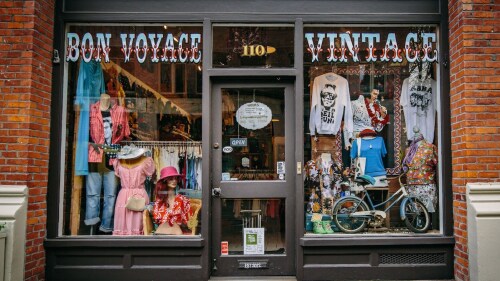There are many ways to celebrate St. Patrick’s Day, but have you heard about hurling? No, not that kind of hurling. We’re talking about the Irish sport.
What is hurling?
This ancient Gaelic game is the national sport of Ireland and looks a bit like field hockey played with a baseball.
Players use a wooden stick to pass and score points by shooting through the opponent’s goalpost. Players use the stick (called a hurl or hurley) to hit and balance the ball (called a sliotar).
Want to learn all the official rules? Check out the US Gaelic Athletic Association (USGAA).
Get involved
Whether you want to hurl yourself onto the field or be a spectator, the Seattle Gaels have you covered.
Our local team was established in 1979, but started out as a Gaelic football team (which is sort of like a rugby hybrid). The organization expanded in 1997 to include Camogie — the same game as hurling, but played by women — and in 2004, the Seattle hurling club merged with the Gaels in order to add the sport to its repertoire.
In addition to its games (and as part of the local Irish Heritage Club), the org also regularly enjoys social activities like barbecues, pub crawls, and an annual Rock Paper Scissors tournament.
Sound like fun? Of course it does. Here’s how you can join the action:
- Join the team’s emailing list to get updates on games and other fun events.
- Head out to one of the team’s games. Saturday, March 25 is the team’s next Open Field Day at Magnuson Park where interested locals can give the games a try — no experience required.
- Go all in and register to be a part of the team.
But you can also scope out the competition, as well as other Gaelic sports, with the USGAA’s interactive map.











